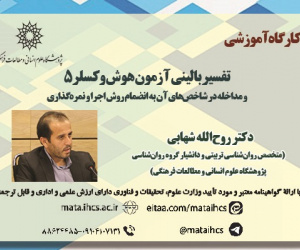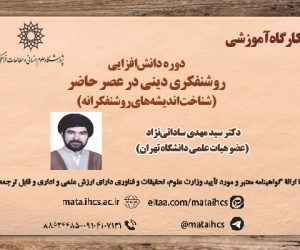ارزیابی عملکرد مالی شرکت های پذیرفته شده در بورس اوراق بهادار تهران با خوشه بندی های K-Mean و K-Medoid (مقاله علمی وزارت علوم)
درجه علمی: نشریه علمی (وزارت علوم)
آرشیو
چکیده
با افزایش حجم داده های مالی در شرکت های بورسی، انتخاب روشی دقیق و کارآمد برای تحلیل و خوشه بندی این داده ها از اهمیت بالایی برخوردار است. هدف این پژوهش بررسی عملکرد مالی شرکت های بورسی ایران و خوشه بندی آنها با استفاده از دو روش خوشه بندی K-Mean و K-Medoid است. این مطالعه بر اساس نسبت های مالی کلیدی شامل بازده دارایی ها، بازده حقوق صاحبان سهام، حاشیه سود ناخالص، نسبت بدهی به حقوق صاحبان سهام و نسبت قیمت به ارزش دفتری انجام شده است. داده های مالی مربوط به شرکت های فعال در بورس اوراق بهادار تهران در بازه زمانی ده ساله جمع آوری و تحلیل شده اند. روش K-Mean به دلیل سرعت بالا و کارایی مناسب در داده های بزرگ، خوشه بندی سریعی ارائه می دهد، در حالی که روش K-Medoid به دلیل مقاومت بیشتر در برابر داده های پرت و دارای اغتشاش، خوشه بندی های دقیق تری انجام داده است. تحلیل واریانس (ANOVA) نشان دهنده تفاوت معنادار بین خوشه ها بر اساس معیارهای مالی مذکور است. نتایج پژوهش نشان می دهد که روش K-Medoid توزیع متعادل تر و نتایج دقیق تری در تفکیک شرکت ها ارائه کرده است، در حالی که روش K-Mean برای داده های ساده تر و با حجم بالا مناسب تر است. یافته های این تحقیق می تواند به سرمایه گذاران و تحلیل گران مالی کمک کند تا بر اساس خوشه های مشخص شده و با توجه به ریسک پذیری و بازدهی مورد انتظار خود، تصمیمات استراتژیک بهتری اتخاذ کنند.Evaluating the financial performance of companies listed on the Tehran Stock Exchange with using K-Mean and K-Medoid clustering
With the increasing volume of financial data in listed companies, choosing an accurate and efficient method for analyzing and clustering this data is of great importance. The aim of this study is to examine the financial performance of Iranian listed companies and their clustering using two clustering methods: K-Mean and K-Medoid. This study was conducted based on key financial ratios including return on assets, return on equity, gross profit margin, debt-to-equity ratio, and price-to-book value ratio. Financial data related to companies active in the Tehran Stock Exchange were collected and analyzed over a ten-year period. The K-Mean method provides fast clustering due to its high speed and appropriate efficiency in big data, while the K-Medoid method provides more accurate clustering due to its greater resistance to outliers and noisy data. Analysis of variance (ANOVA) indicates a significant difference between clusters based on the aforementioned financial criteria. The results of the research show that the K-Medoid method provides a more balanced distribution and more accurate results in separating companies, while the K-Mean method is more suitable for simpler and high-volume data. The findings of this research can help investors and financial analysts make better strategic decisions based on the identified clusters and considering their risk tolerance and expected returns.







